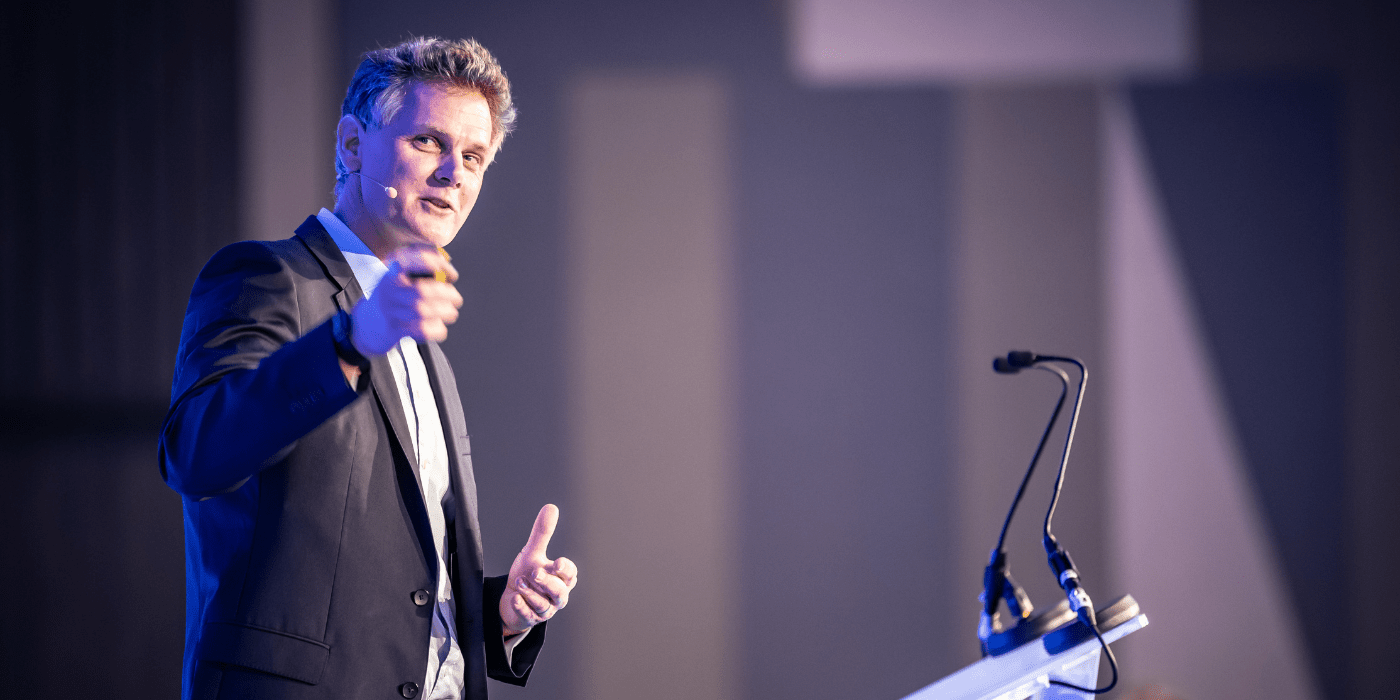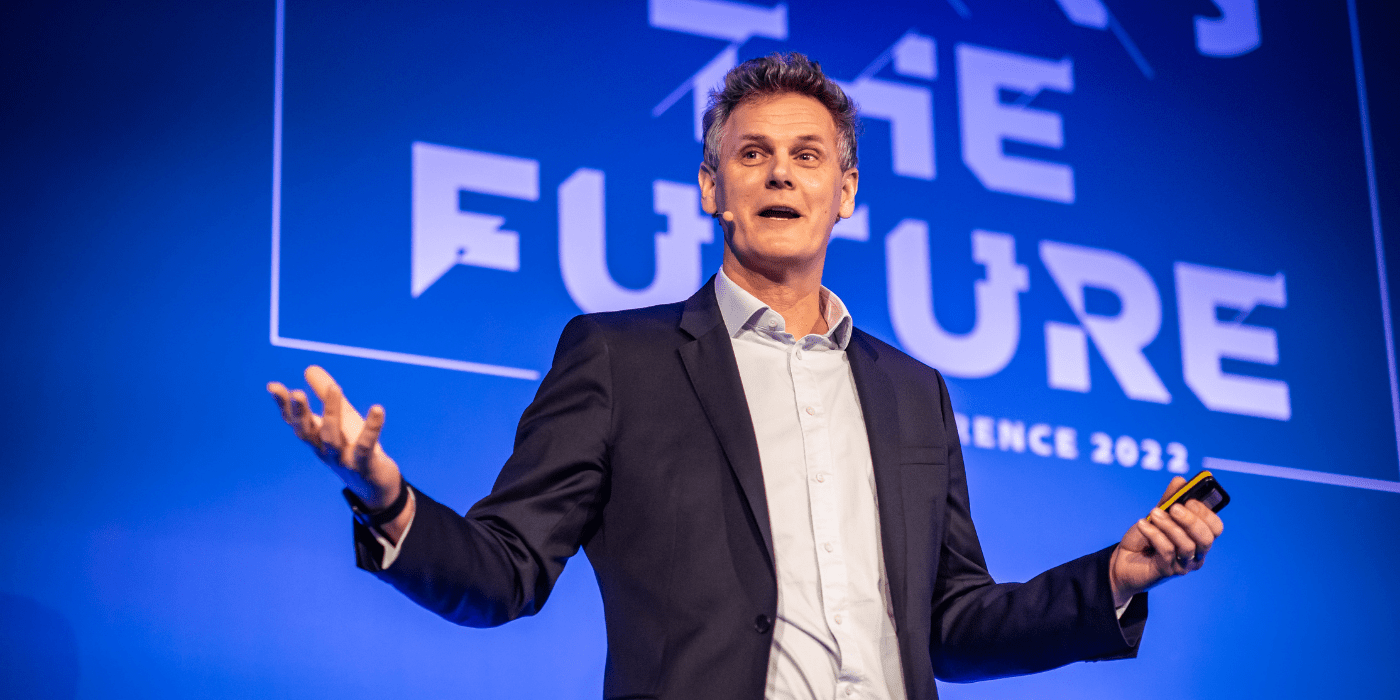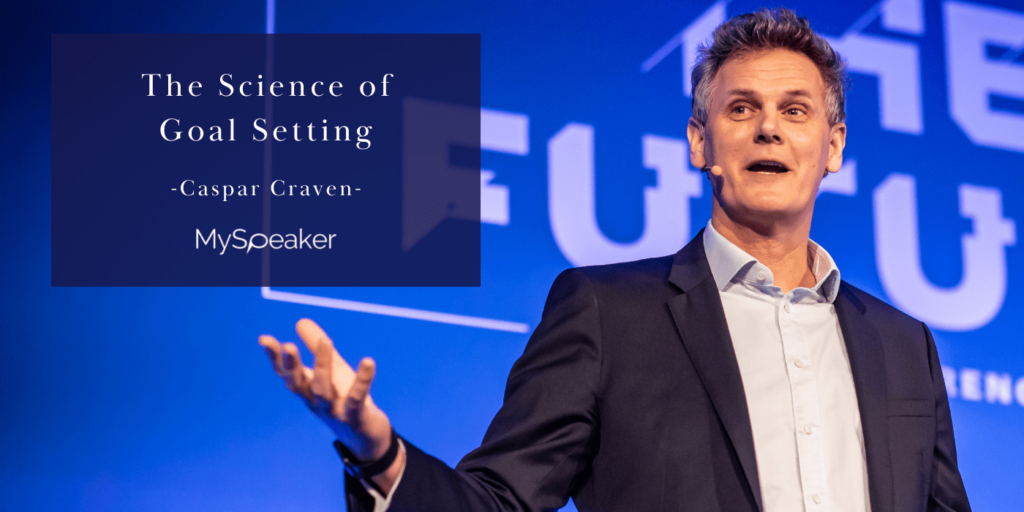Of 100% of goals set, I wonder what % of them actually get completed?
What is it that makes the difference between those who set off on a journey and those who complete it?
And what difference does it make as to whether the goal is a big one or a small one?
I’m fascinated by these questions and I’m on a quest to dive deeper than ever before into this area and in particular to pay attention to the research, the science behind this, the neuro-chemistry of the human animal.
I’m looking for the clues, the insights, the ideas that I can distill down and share with others. The actionable insights that anyone can use to increase their chances of achieving success and critically being able to enjoy the journey at the same time.
My obsession with this has been sparked by the big bold goals that I’ve taken on – some of which I’ve failed miserably to achieve and some of which I’ve been fortunate enough to be part of some incredible teams who have achieved those goals.
This one article won’t attempt to answer all of this. It will be a series of articles sharing the insights I find as I dive in a variety of different fields and science.
Why Focus on Goals and in Particular on Big Bold Goals
What’s the alternative to setting goals? It would seem to be to not set goals at all and let life and the world unfold in front of you and make decisions in the moment without reference to any particular point in the future.
I have to confess as someone who is naturally goal driven, I struggle with this concept. I do have friends who have achieved good success with this approach – to paraphrase their words, it would be that they have been guided by what interests and intrigues them and to pull on that piece of string to see where it goes. It might perhaps work for an individual (albeit not this one), but I can’t imagine it working for an organisation. To use the often used analogy the ship when it leaves harbour has to know where it’s going or else it stands no chance of getting anywhere other than being blown by wind and currents.

So it one accepts, that we need goals, what size goals should they be. Should they be small, medium or big goals?
In 2017, an article in the Harvard Business Review, titled The Stretch Goal Paradox concluded that audacious targets are widely misunderstood—and widely misused. Their argument in essence was the audacious goals are only effective in certain circumstances. Companies who are surfing a wave of success with stockpiles of cash should be the ones to take a shot at ambitious targets that might benefit their business and the world. They believe that the vast majority of companies, however, should not aim for the moon. One example they quote is of the failure of Tesla to meet their ambitious projections. Note that some 5 years on, Tesla does seem to be doing pretty well meeting some huge goals.
“Our research suggests that though the use of stretch goals is quite common, successful use is not. And many executives set far too many stretch goals. In the past five years, for example, Tesla failed to meet more than 20 of founder Elon Musk’s ambitious projections and missed half of them by nearly a year, according to the Wall Street Journal. So it’s perhaps not a surprise that the market reacted with skepticism when Musk declared in early 2016 that Tesla would produce half a million cars in 2018—two years ahead of the previously announced lightning-fast schedule—and would double that volume by 2020.”
If you follow that logic then setting huge goals should be the preserve of companies that are well-funded ones, and who are already successful.
That’s not a position that I agree with. Whilst I believe there are some insights that can be gleaned from that research, I don’t agree with the conclusion. There are though some insights where I do agree.
It would be insane to bet the farm on just one strategy.
Small Bets
In the pursuit of any goal, it would be insane to bet the farm on just one strategy. When going after a huge goal, you quite frankly have not idea what the most likely formula is. You’re going to have to fail a lot in order to get there and the idea is to make those failures as cheap as possible. There’s a brilliant book on this concept by Peter Sims called Little Bets which is packed with examples of how massive breakthroughs come from lots of little bets. This is a crucial strategy.
Focus on Learning that will enhance existing resources
In a number of articles I’ve read such as this one that advocates setting smaller goals , there is an argument that goes along the lines that people will quickly become demotivated when going after huge goals, so to avoid that feeling, they should set small goals.
Carol Dweck’s book on the Growth Mindset is essential reading for everyone in the distinction between a Fixed Mindset and a Growth Mindset. In simplistic terms, with a fixed mindset, failing to hit a goal is bad and we should stop, ie we become demotivated. In a growth mindset, failure is good and to be encouraged – it gives us new things to learn. The argument therefore that we should set smaller goals to avoid being demotivated, whilst it’s important to understand that perspective, is not something I believe we should aspire to. The sentiment that a focus on learning in the HBR article is a strong one – especially when the resources we are talking about are your people and the enhancement is to develop a cultural growth mindset inside an organisation.
It’s important not to dismiss though the neurochemistry of setting and achieving small goals. Research in Nature points to a better understanding of the impact of Dopamine, the feel-good chemical that sits at the centre of motivated behaviours. When we set a goal we feel a release of dopamine and get motivated and excited. When we are close to completing goals, we get the same feeling. It’s the bit in the middle thats the problem and the key is to understand what’s happening there and what we can do differently around that. The suggestion of setting smaller goals is one answer but the science around this points to the fact that there is much more we can do that doesn’t require us to set our sights lower.

So why should we set our sights higher?
First and foremost, I believe we have no choice but to think big and bold. We live in an age of disruption where every industry I can imagine is being disrupted by nimble renegades. The old model of saying lets grow by 5% or 10% this year is truly over. Last year, I attended a virtual course run by Cambridge University Judge Business School. After 3 months of studying the speed of disruption, no-one could be left in any doubt about the need and speed to disrupt yourself. Companies that were previous titans in their industry left sunk in the wake of not adapting fast enough to change littered the course. What was fascinating was the attendees of the course – 137 senior leaders from world-leading Pharma, banking, and tech companies from 37 different countries. Plenty of people are getting the message that small timid goals are no longer enough.Diving deep into the world of setting, tackling, and achieving big bold goals brings a lot of ideas, and experiences to the front of mind. To me, the job I have here is of spotting the patterns and insights.
I’ll wrap this article up with one of the patterns I’ve seen. That is what are the benefits that I see time and again of setting huge goals.
-
They can stimulate peak performance in teams and encourage giant leaps of innovation across the organisation
-
They can inspire more commitment, creativity, and effort from team members, creating new ways of doing things, and discovering hidden talent
-
They can encourage teams to rethink how they work and leverage available resources and inspire employees to try new, out-of-the-box methods to solve old problems
-
They can increase your organisation’s chances of success. Even when you miss the stretch targets, you’re likely to achieve more than you would have without them
It seems to me we have no choice but to think bigger and bolder. In the next articles, I’m thinking on, I’ll be seeking to explore the neuroscience behind effective visualization strategies, the behaviour changes we need individually and collectively to achieve huge goals, and how to maintain a focus and commitment to huge goals when we’re in that middle phase of going after goals.
What questions and comments do you have? What would you like to see explored around what it takes to increase the probability of achieving your goals? Do write to me – I’d love to hear what you struggle with and what would help you the most.
This article was written by Caspar Craven, the leading authority in achieving Big Bold Goals. A wide range of personal experiences began with his time as an entrepreneur building and selling businesses, as an executive in large companies and also from having twice sailed around the world.
His obsession with the leadership and teamwork needed to achieve big bold goals has taken him on a journey to research, study, interview, and learn from the most successful and audacious leaders on the planet, and the science and psychology that explains audacious leadership. Success leaves clues and it’s the patterns and observations he’s found together with his own lived experiences that he shares with audiences.
